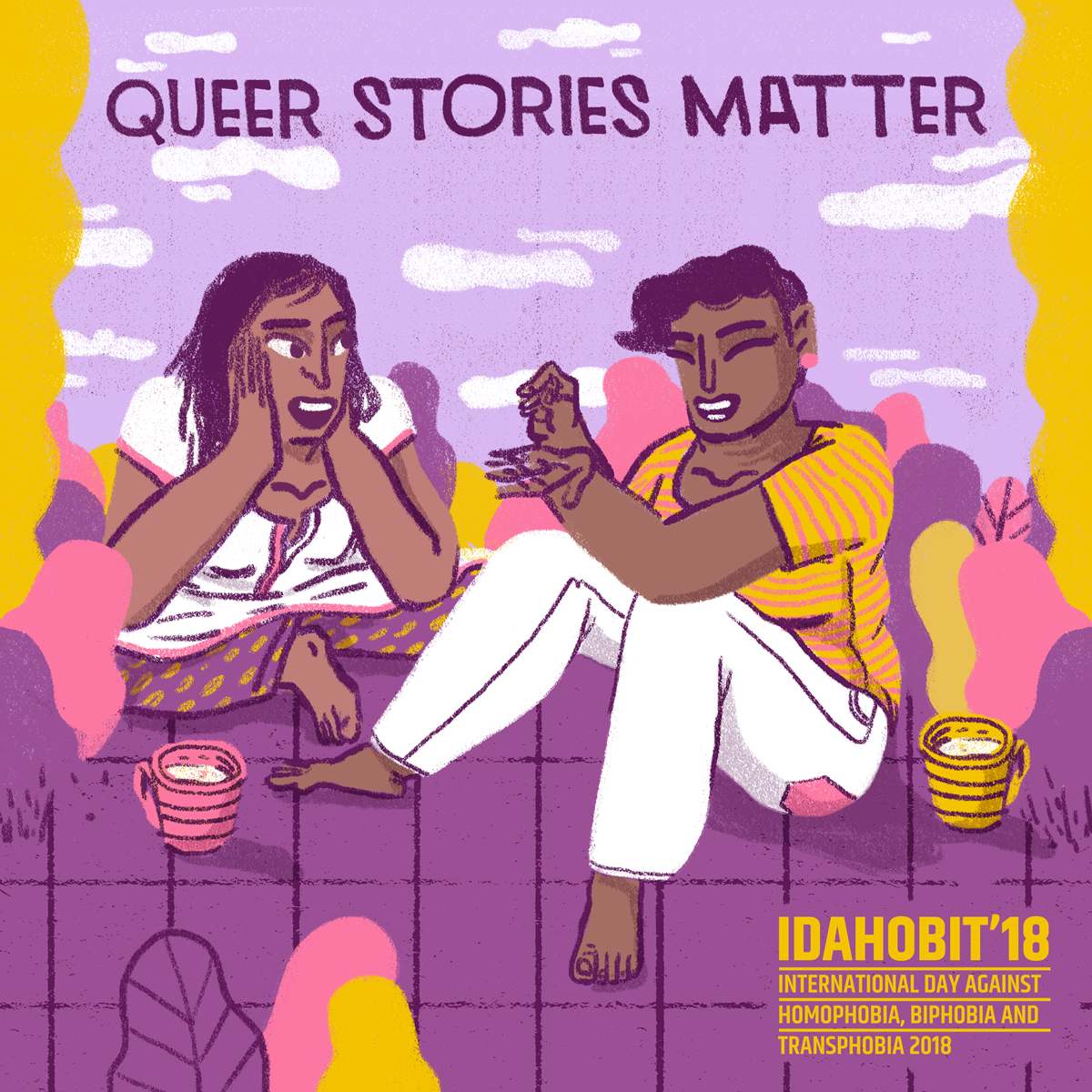Claudia Jares: Documenting Argentina’s Queer Community

Buenos Aires-based photographer Claudia Jares is documenting the queer community in progressive Argentina.
Cover photo: Photo from Dark Tears: LGBTQ Resilience in Latin America, by Claudia Jares (undated). Via Dazed.
This article is part of my 30 Living Queer Artists Worth Celebrating in 2019 series. June is Pride Month, commemorating the international gay rights movement that began June 28th, 1969, with the Stonewall riots of New York. 2019 marks the 50th anniversary of the event. I’m celebrating all month long!
WARNING: The following article features and/or discusses murder and nudity.
Claudia Jares
Claudia Jares is a Latin American photographer. Jares was born in the small city of Baradero, near Buenos Aires where she works today. Jares documents the Argentinian queer scene, including same-sex couples and gender-nonconforming friends.
Jares spent her childhood in Argentina during an era of military dictatorship. The murderous regime, partially abetted by the U.S. government, killed thousands of people. Jares recalls, “I was a kid. I had no idea of what was really going on. Alike in Nazi Germany, only a few knew what was happening to the disappearing people.”
In Boston, Jares attended The New England School of Photography. She then returned to Latin America, spending time in Caracas, Venezuela, as a freelance photographer. Now, Jares has settled down once again in Buenos Aires, where she continues her work.
LGBT Rights in Argentina
The era of military dictatorship, called the Dirty War, lasted from 1976 until 1983, after which democracy was restored. Argentina is now a presidential republic. Surprisingly, despite the country’s myriad of issues, Argentina has emerged as a leader for LGBT+ rights.
In 2012, the Argentinian government passed a landmark transgender rights bill, which was declared “the most progressive gender identity legislation in existence” by Alejandro Nasif Salum, the Secretary of International Relations for the Argentina LGBT Federation. Indeed, trans citizens in Argentina enjoy more rights than their counterparts in the United States.
The 2012 law, as described by Amherst College Professor Javier Corrales, “allows individuals to change their legal name and gender upon request, without having to undergo judicial, psychiatric and medical procedures beforehand. The law also mandates that public and private health plans cover gender confirmation surgery and hormone therapy.”
Professor Corrales explains LGBT progress in Argentina has been successful, in part, due to a lack of religious opposition. While Argentina is a Catholic country, “it’s important to note that church attendance is low, with less than a quarter of the population attending weekly services,” he notes.
This progressive environment in Argentina has enabled Jares’ work. With these laws, Jares explains, “Visibility begins to expand, and documentaries, festivals, and LGBTTIQ artworks are played minute by minute.”
Dark Tears
Jares’ latest photographs are part of her new book, Dark Tears: LGBTQ Resilience in Latin America, released last week. Jares explains, “I made the proposal to be part of this project, which for me touched with humanity, a part of society which is always despised. I wanted to show beauty where there is always pain. I was trying to get out (of my subjects) the artistic part of each of them, which was a total success — art is the medicine for so many traumas.”
Through her photography, Jares captures a sense of freedom and quiet celebration in the queer community. Her photos are intimate, mundane, and occasionally surreal. Jares seems to find the most joy in capturing kisses. Some are more sexual than others. “I’ve been drawn to the erotic since I was a teenager,” she explains. But they are all beautiful snapshots of self-expression and queer life in Argentina.
Jares’ subjects are friends and acquaintances. She says, “These friends of friends gave me their all. This is no joke — they work and express themselves in front of a camera and you can tell with their soul, and body, who they really are. They really wanted to tell their stories of love, friendship, loneliness, sadness, happiness, survival. Even if in the book there is not so much written about each one, the images speak for themselves.”












